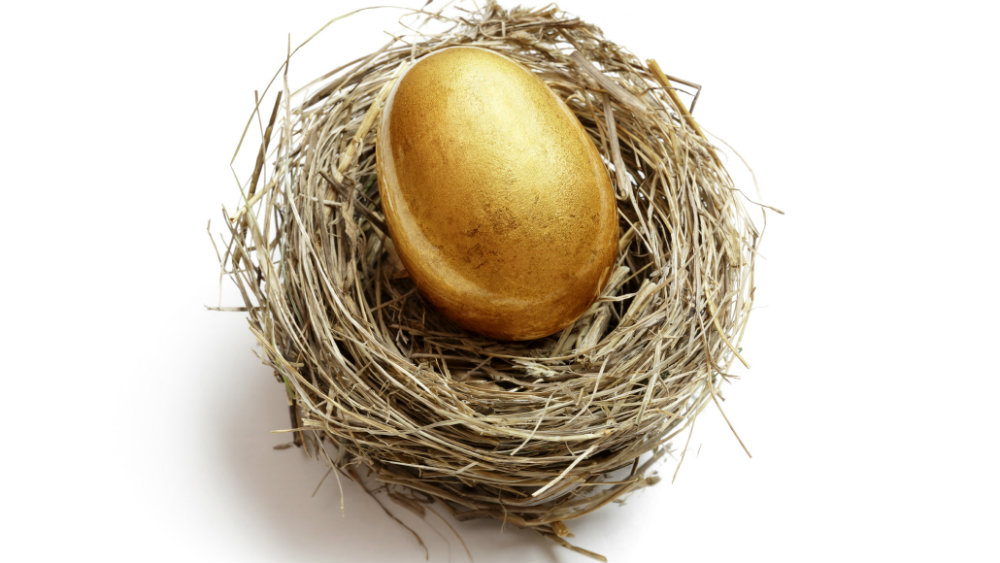The idea of retiring with a personal stock portfolio worth $1 million might seem like an unrealizable dream, but it is actually quite possible.
The strategy involves owning top-quality dividend stocks and using the distributions to buy more shares. This kicks off a powerful compounding process that can turn relatively small initial investments into a significant retirement fund.
Canadians savers can take advantage of both RRSP and TFSA contribution space to invest the funds, so they are shielded from the CRA while they grow. Withdrawals from the RRSP are taxed, but TFSA gains are 100% tax-free.
Let’s take a look at two stocks that have made buy-and-hold investors quite rich and should continue to be solid picks for a personal pension portfolio.
CN
Canadian National Railway (TSX:CNR)(NYSE:CNI) is one of those stocks you can simply buy and forget for 30 years. The company enjoys a wide competitive moat through its unique rail network. CN is the only rail company in North America with lines connecting three coasts.
The operations occur in both Canada and the United States. This provides a nice revenue balance, and the bottom line can get an extra boost when the U.S. dollar rises against the loonie.
CN invests heavily to ensure it can meet increased demand for its services. The company spent nearly $4 billion in 2019 on new locomotives, additional rail cars, and network upgrades. New technology investments are also helping CN become more efficient.
The business generates strong profits, and investors are given a decent dividend hike every year. CN has raised the payout by a compound annual rate of about 16% over the past two decades.
A $20,000 investment in CN just 20 years ago would be worth about $550,000 today with the dividends reinvested.
Royal Bank of Canada
Royal Bank of Canada (TSX:RY)(NYSE:RY) is Canada’s largest company by market capitalization with a current value of about $150 billion.
Size matters in the current financial environment where traditional banks are running into competition from non-bank entrants who are chasing a piece of the pie. Technology and social media companies are targeting their vast user base via mobile payment systems and are expanding into other areas of the financial sector.
Royal Bank is large enough to defend its turf and is investing heavily to expand its digital offerings. Mobile and online use is increasing, and the trend should continue.
Royal Bank’s diversified revenue stream is one reason the company is so successful. The bank has strong personal banking, commercial banking, wealth management, insurance, capital markets, and investor and treasury services. The U.S. accounted for roughly 17% of adjusted income in fiscal 2019, and Royal Bank has operations in more than 30 countries.
Dividend growth should bounce along the 7-10% rate over the medium term, in step with anticipated increases in earnings per share. The current dividend provides a yield of 4%. Royal Bank had adjusted net income of $12.9 billion in fiscal 2019.
A $20,000 investment in Royal Bank 25 years ago would be worth $680,000 today with the dividends reinvested.
The bottom line
A diversified portfolio is always recommended, and there is no guarantee CN and Royal Bank will generate the same returns in the next 20 or 25 years.
However, the strategy of owning top dividend stocks is a proven one, and the TSX Index is home to many companies than have made long-term investors wealthy.








